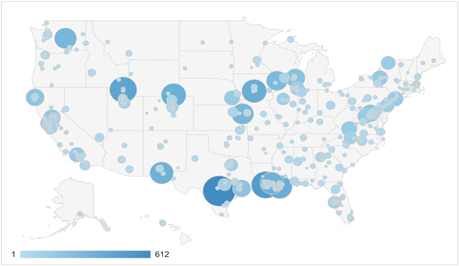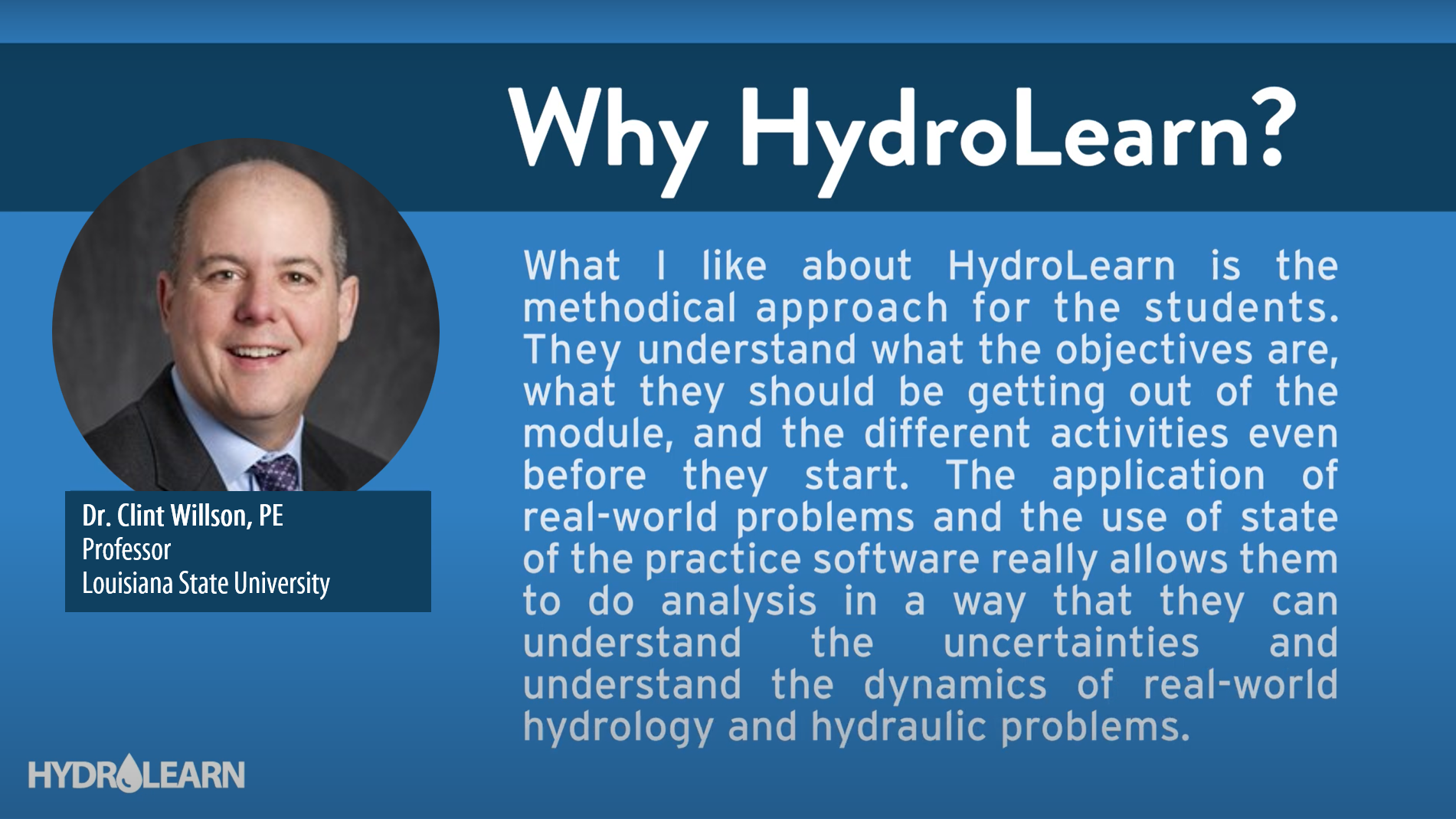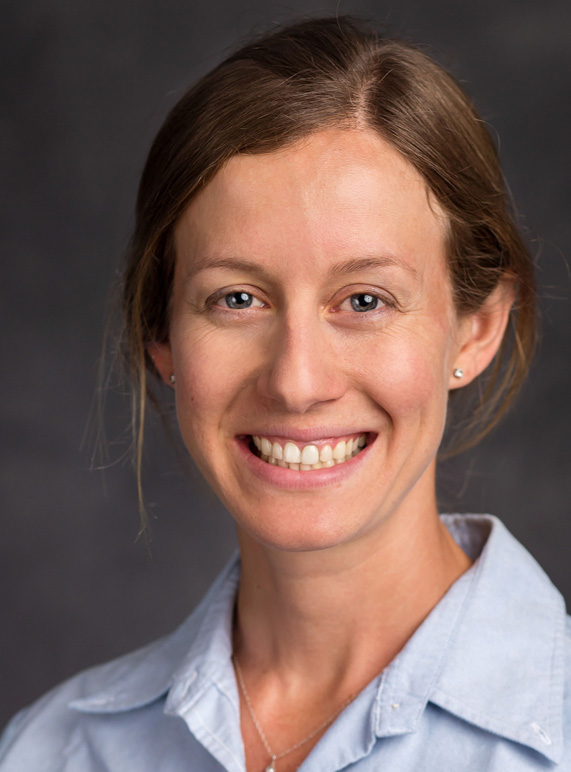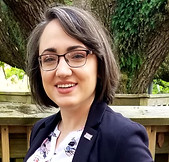What is HydroLearn?
HydroLearn is an education project funded by the National Science Foundation to promote the collaborative development and adoption of active-learning resources in hydrology and water resources engineering.

Geographical distribution of users of HydroLearn modules in the U.S.
What can you do with HydroLearn?
Using the HydroLearn platform, instructors can:
-
Explore existing courses, case studies, and learning activities and use in classrooms
-
Customize existing courses and learning activities, or build new ones
-
Share learning resources with the community
-
Get guidance on how to develop effective learning outcomes and assessment rubrics
Who can use HydroLearn?
-
HydroLearn is freely accessible to everyone, but primarily designed for instructors and students
-
Instructors who want to develop, customize and share innovative learning resources in hydrology and water resources
-
Students who want to learn about fundamental and emerging topics in hydrology and water resources engineering using active learning approaches
Why HydroLearn?
HydroLearn aims to create a community of users who are interested in adopting innovative active-learning resources in hydrology and water resources engineering. By providing educators with a mechanism for contribution, customization and sharing of educational content, HydroLearn aspires to alleviate existing development and adoption barriers to encourage educators to engage in active-learning innovations. HydroLearn also aims to propagate good pedagogical practices by providing instructors with support on how to develop sound and effective learning activities, learning outcomes and assessment rubrics.

How is HydroLearn developed?
HydroLearn is built on the well-established open-source edX platform (used by Harvard and MIT among others) with enhancements to support the development of learning objectives, learning activities, and assessments that are supported by educational research.
What is a HydroLearn Fellowship?
Following an early engagement model, HydroLearn provides funded fellowships for interested instructors to participate in the development and testing of the learning resources using the HydroLearn platform. If you are interested in learning more, check out our Community page.












